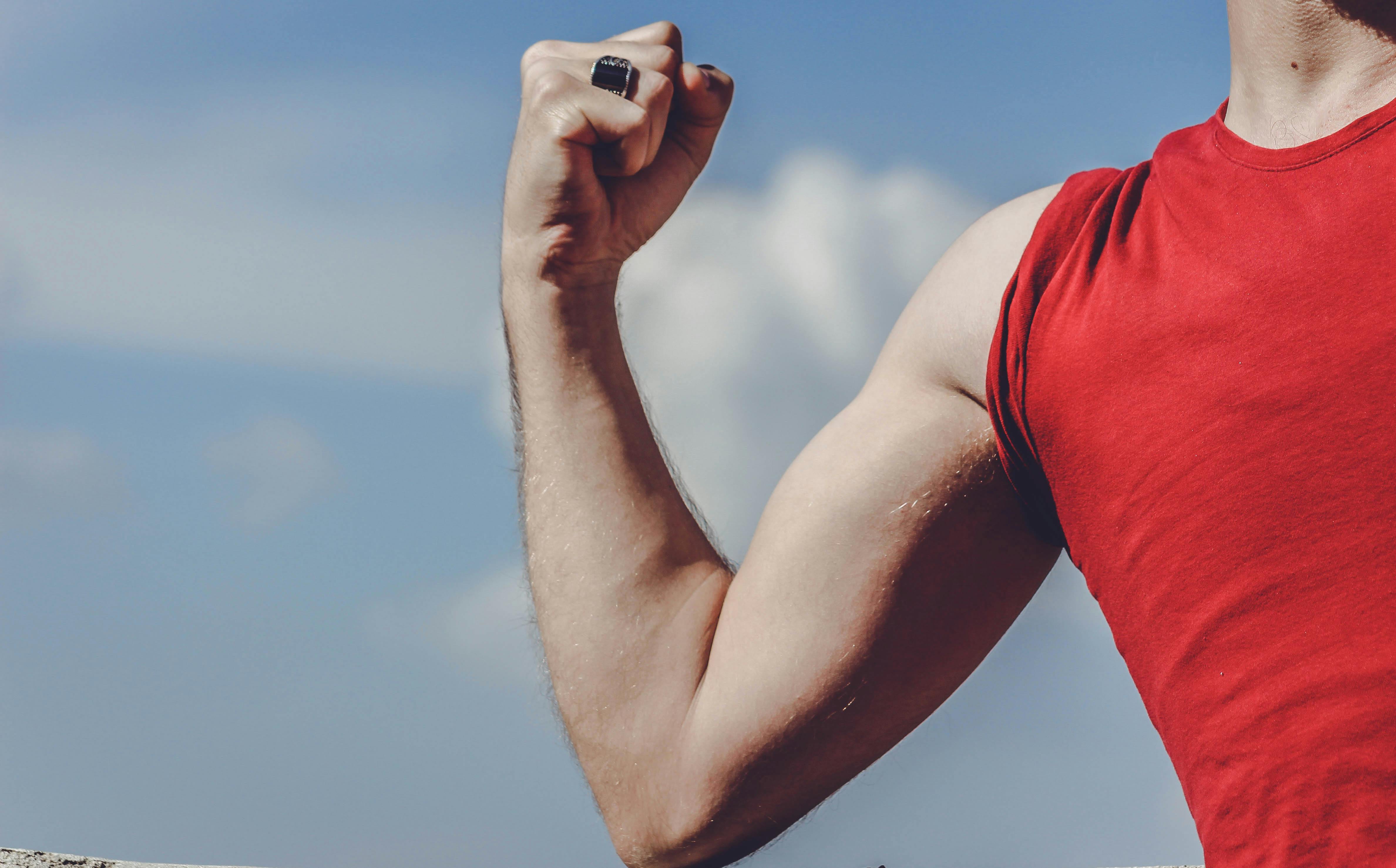
Warm-up and cool-down exercises: essential for injury-free workouts
A good workout is the main element to be fit and healthy. But pre- and post-workout routines, better known as warm-ups and cool-downs, are even more important, as they smooth the transition from normal body condition to exercise condition. Unlike personal training or gym training, where expert trainers are available to provide guidance, self-trainers are often unaware of the importance of these routines and face a higher risk of injury if they skip them.
Warming up is literally raising your body temperature by one to two degrees in preparation for intense exercise. It consists of light exercises performed at the beginning of a workout that help increase muscle temperature and relax stiff muscles, making them supple and flexible and allowing better joint movement. A warm-up works by increasing your heart rate and breathing rate, which improves the flow of blood, oxygen, and energy-producing nutrients to all parts of your body, including your muscles. This helps increase performance and reduces the risk of muscle tears and fatigue. Therefore, a proper warm-up is essential before any type of training to prevent injury and damage and increase the benefits of training.
Cooling down does the exact opposite of a warm-up and slowly returns the body to its pre-exercise resting state. After a workout, blood and metabolic waste products build up in working muscles, which can cause dizziness, muscle soreness, swelling, and pain. Performing a cool down routine instead of abruptly ending your workout prevents this by maintaining a good rate of blood circulation, which improves the repair of stressed muscles and the elimination of toxic waste products. It also allows your heart rate and breathing to “gradually” return to normal.
Warm-up routines begin with light physical activity, slowly increasing in intensity to prepare the body for the workout ahead. One can start with deep breathing and move on to jogging, walking, jumping rope, etc., for about 5 minutes, until a little sweat breaks out. This is followed by stretching exercises and finally movements similar to the main workout, but at a lower intensity. An effective warm-up usually lasts between 5 and 10 minutes.
Some common warm-up moves include:
Side lunge: Stand with your feet shoulder-width apart, hands on your hips. Bend one knee slightly and move your body from side to side, keeping your back and the other knee straight.
Fetal stretch: Lie on your back, bend your knees and bring them closer to your chest. Hold them in place by grasping the back of your knees with your hands and slowly lift your buttocks off the ground.
Spinal stretch: Lie on your stomach, face down, with your hands close to your chest and your palms flat on the floor. Rise up using your arms to push yourself up and with your legs and belly button still firmly on the ground.
Soleus: Stand with your feet shoulder-width apart, with one foot resting one step in front of the other. Place your hands on your hips and lower your body by bending your knees, keeping your back straight and your body weight concentrated on your back foot.
A cool down routine is done at the end of a workout and starts by lowering the intensity of the main workout and performing a similar activity for 5-10 minutes, but at a much gentler level, until one stops sweating and the skin’s surface is smooth. cool to the touch. This is followed by deep breathing to increase the oxygen supply to the blood and 5 to 10 minutes of static stretching.
Since the muscles are already warm and flexible after all the training, the stretching can be more aggressive and intense without the risk of tears or injuries. At the end of the cool down, you should drink plenty of fluids such as water, energy drinks, juices, etc., and something light to digest such as fruit, smoothies, yogurt, to prevent dehydration and replenish lost energy.
Common stretches to cool down include:
Quadriceps stretch: Stand with your feet shoulder-width apart, bend one knee, and lift your leg up and behind you, using the same hand to support your foot and maintain the stretch. The other hand can be placed against a wall for support.
Hamstring stretch: Sit in a chair, with one leg resting on a chair placed on the opposite side, at the same level. The stretched leg is kept horizontal, without bending the knee, and the back is kept straight and slightly bent forward to maintain balance.
Side stretch: Stand with your feet shoulder-width apart, raise your right arm so it points up with open palms, and lean sideways at the waist to the left, holding the stretch. Repeat for the left arm.
Triceps stretch: Raise both arms, elbows bent behind and near your ears, and support the elbow of one hand with the palm of the other hand to support the stretch.
Each of the stretches must be held for 15 to 30 seconds to be effective.
Both warm-up and cool-down exercises enhance the benefits of a good workout and are vitally important in minimizing the risk of injury to your body and health.
